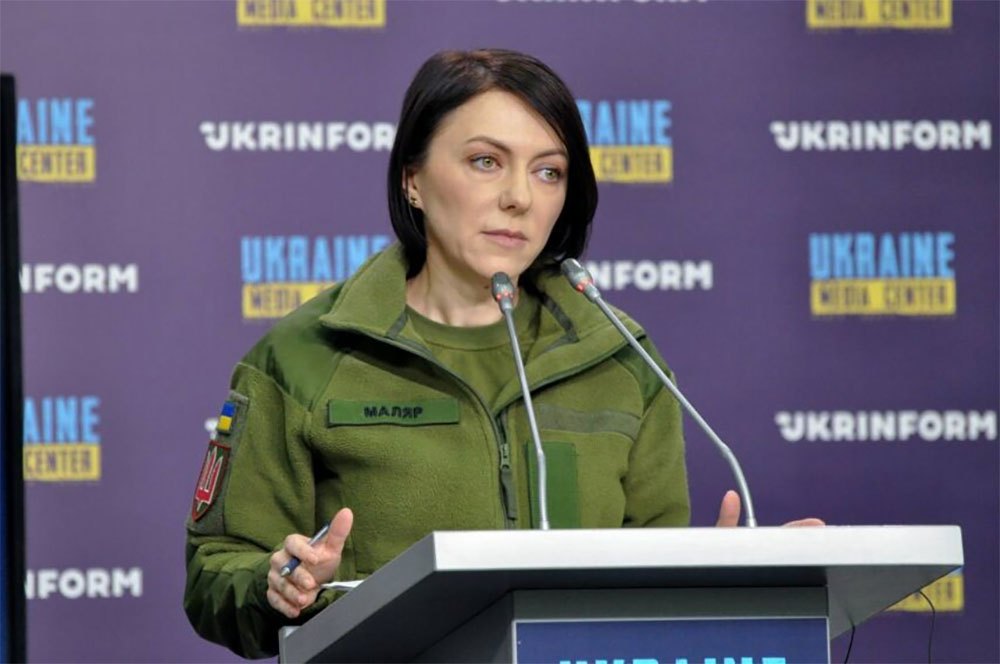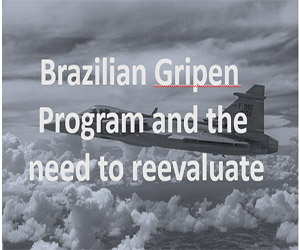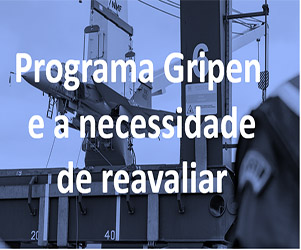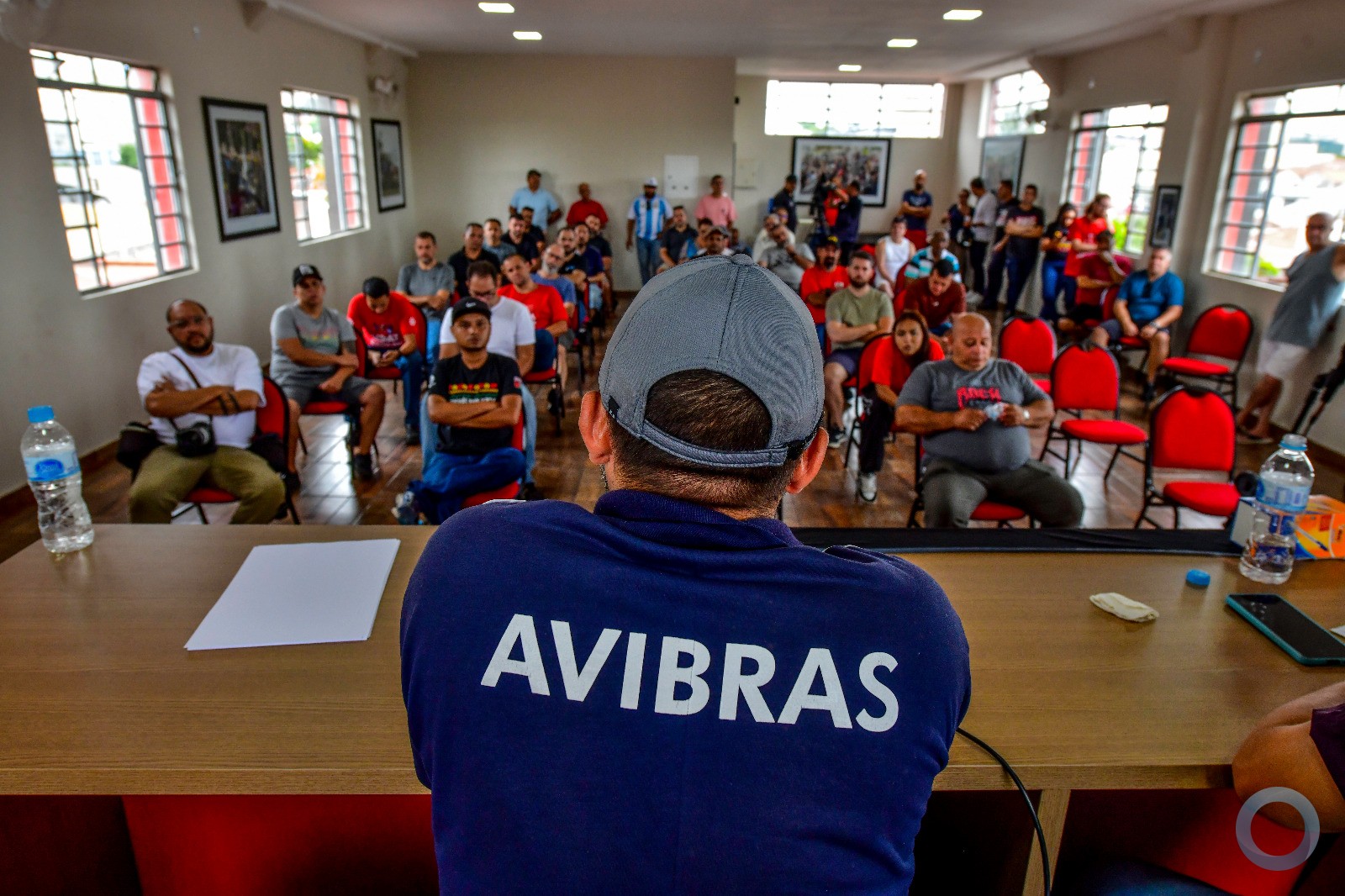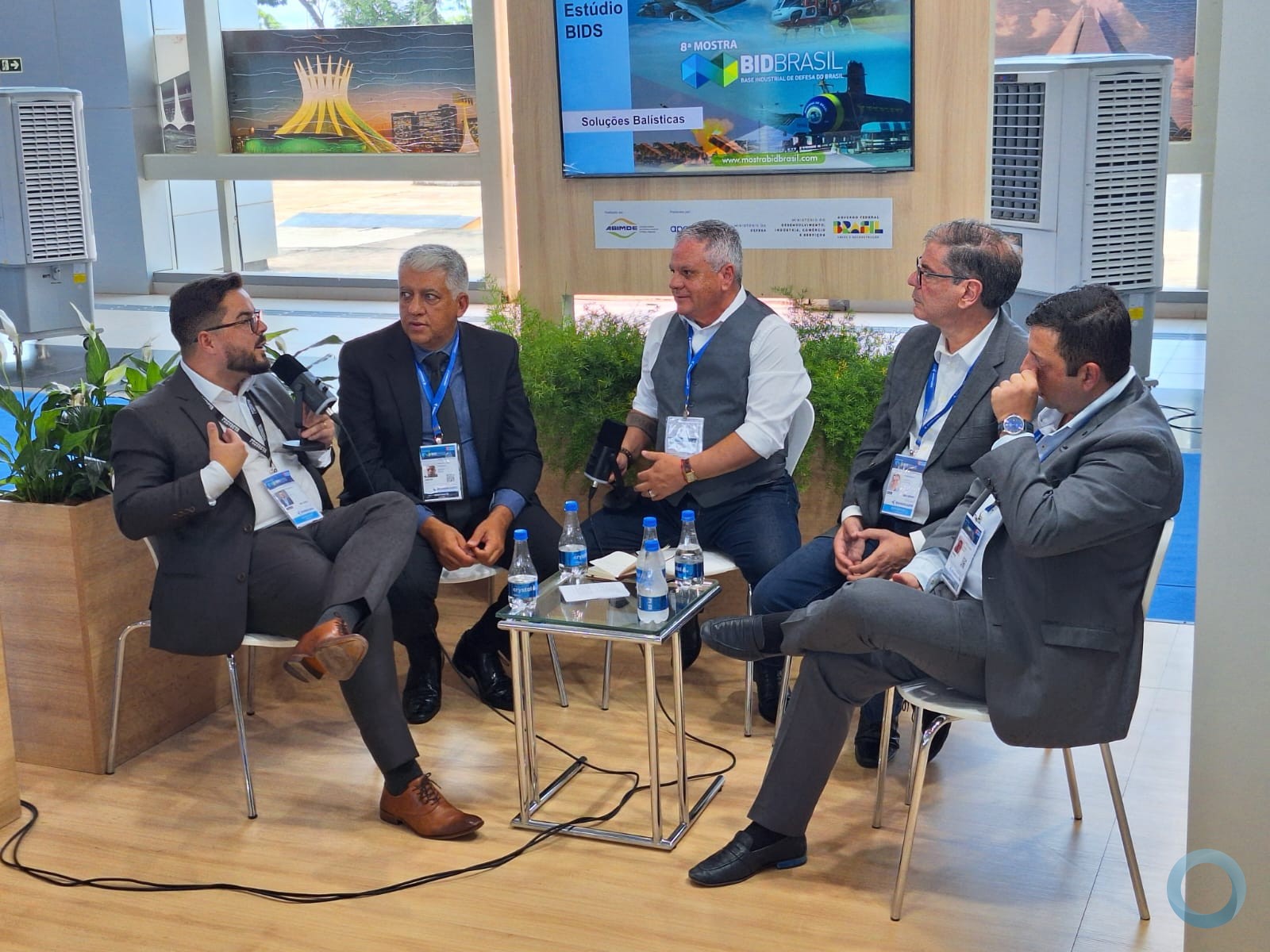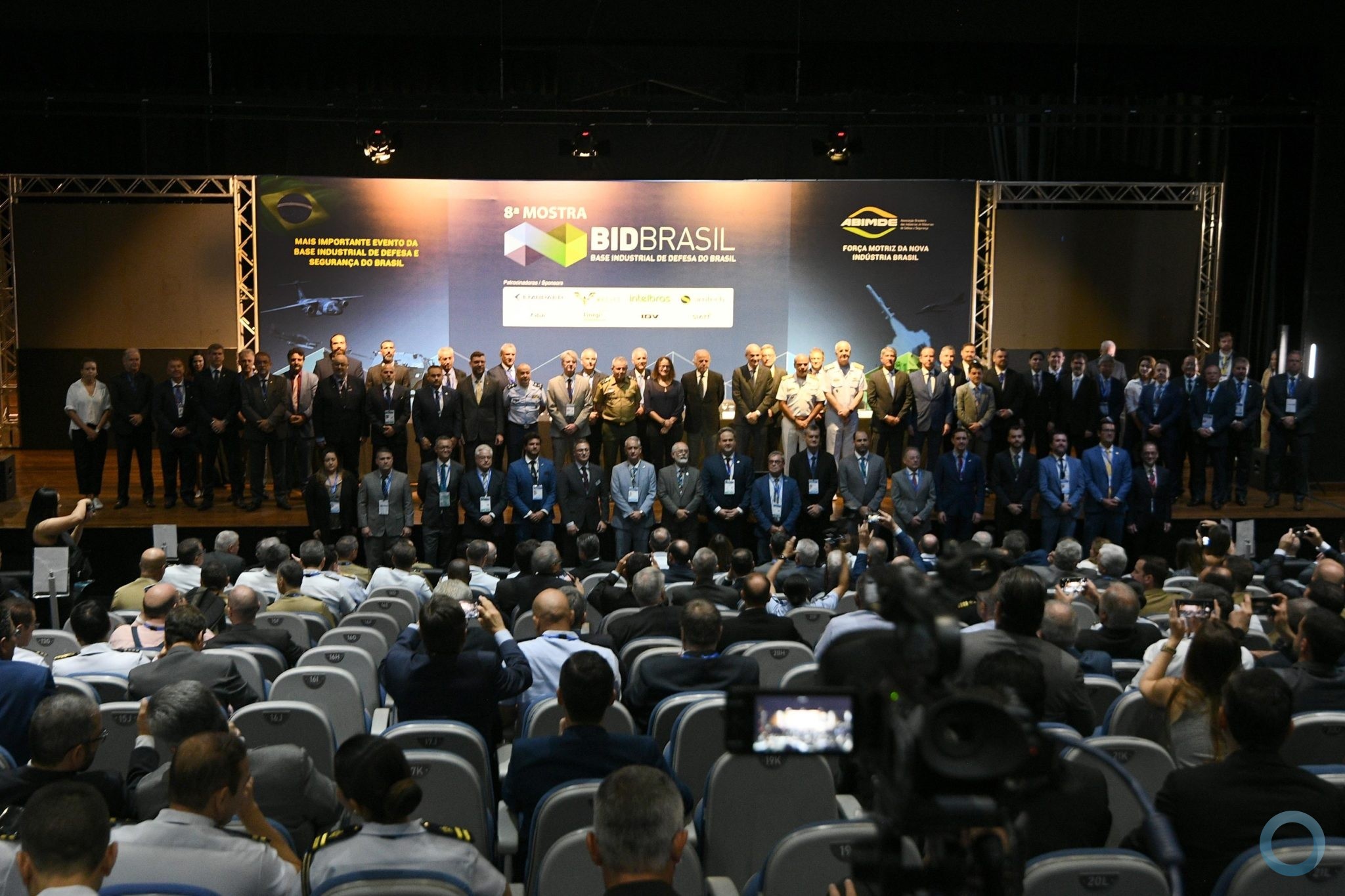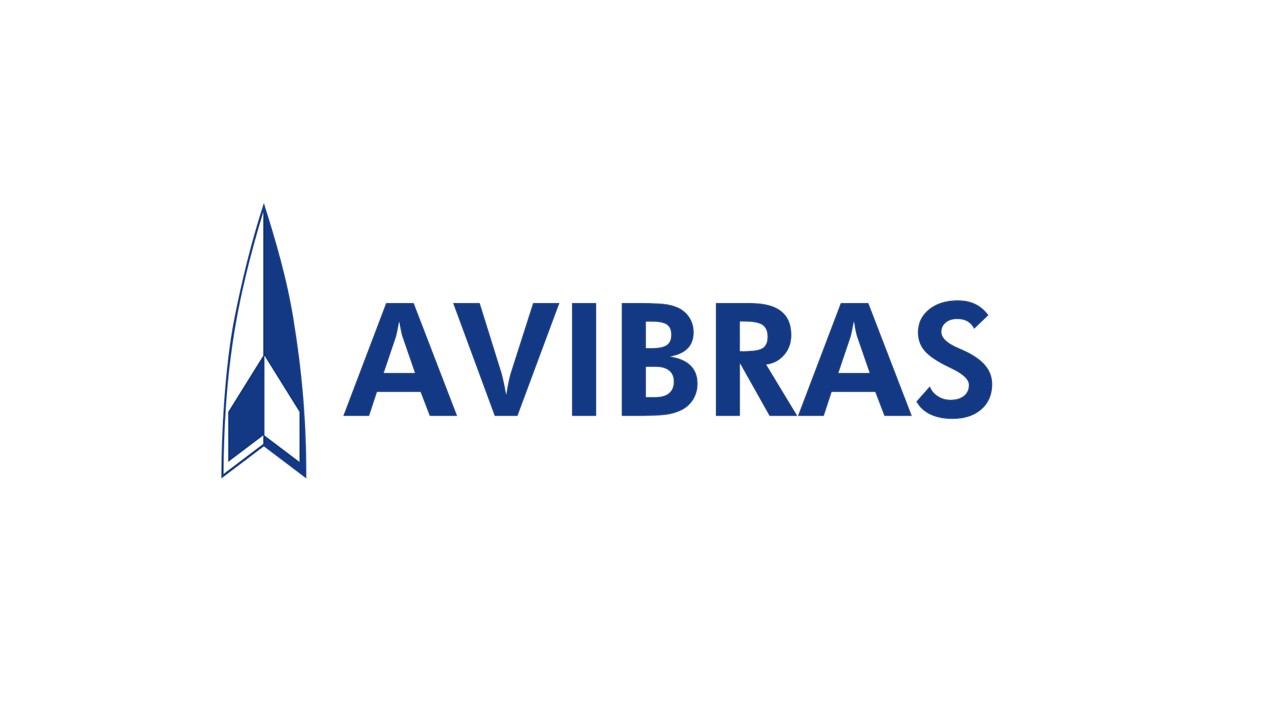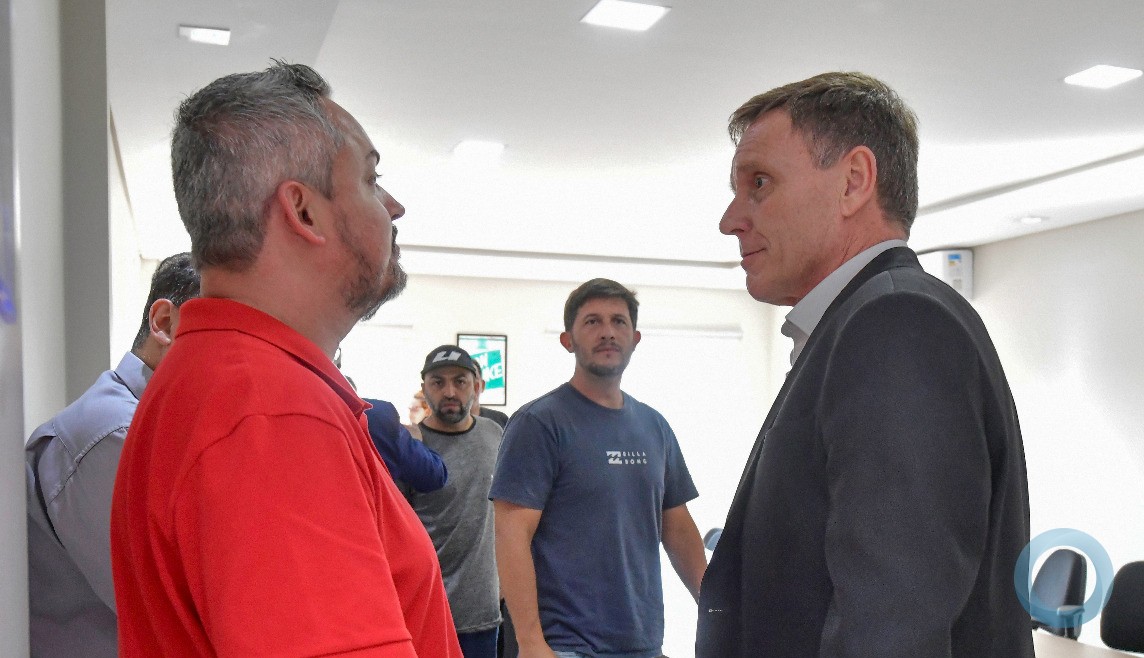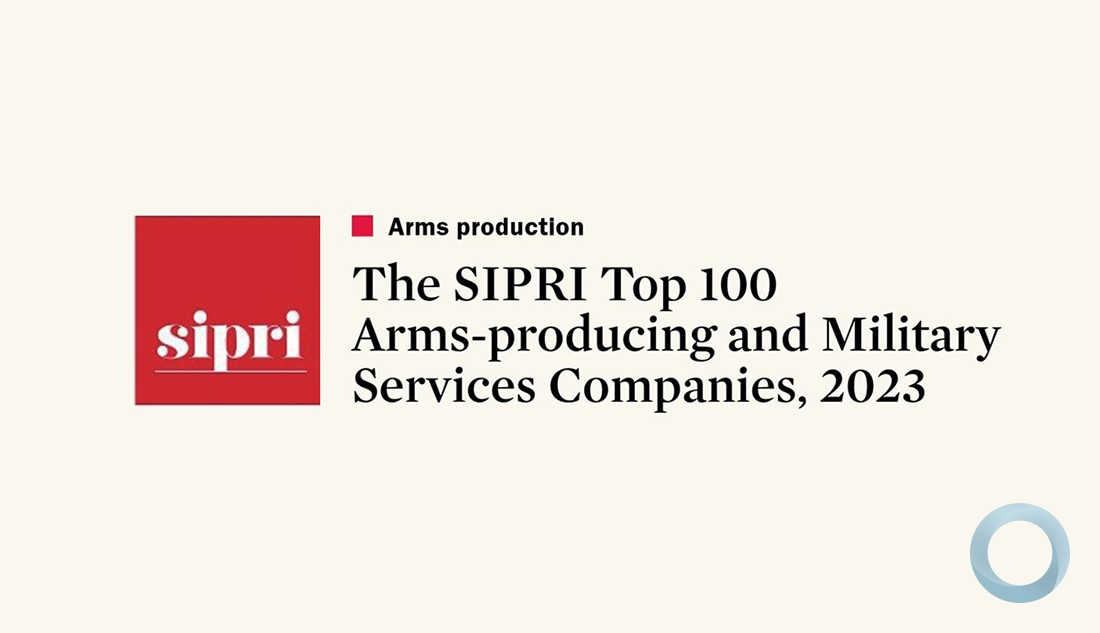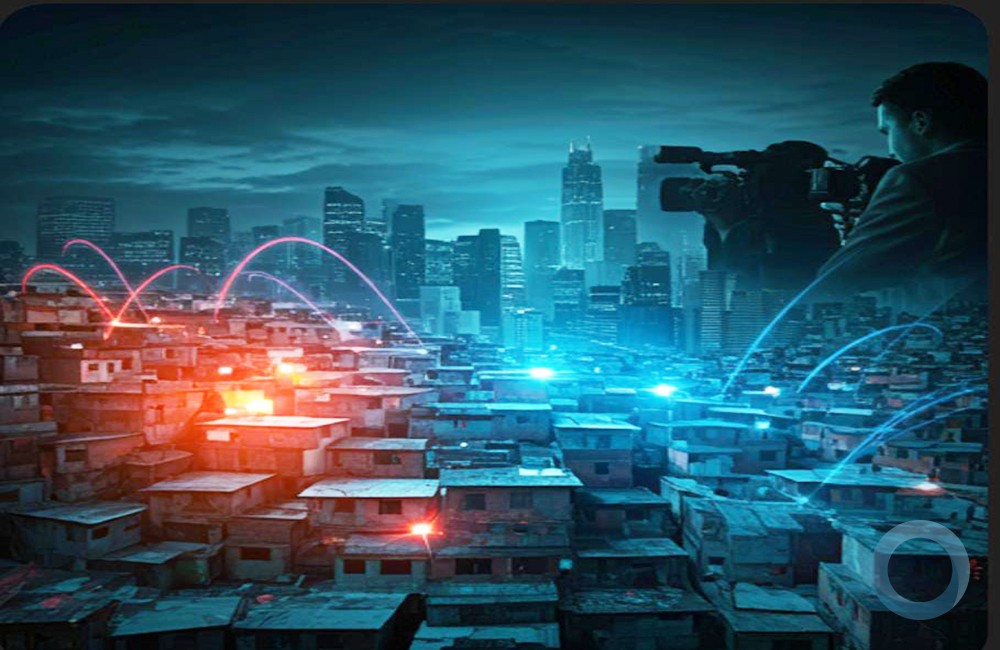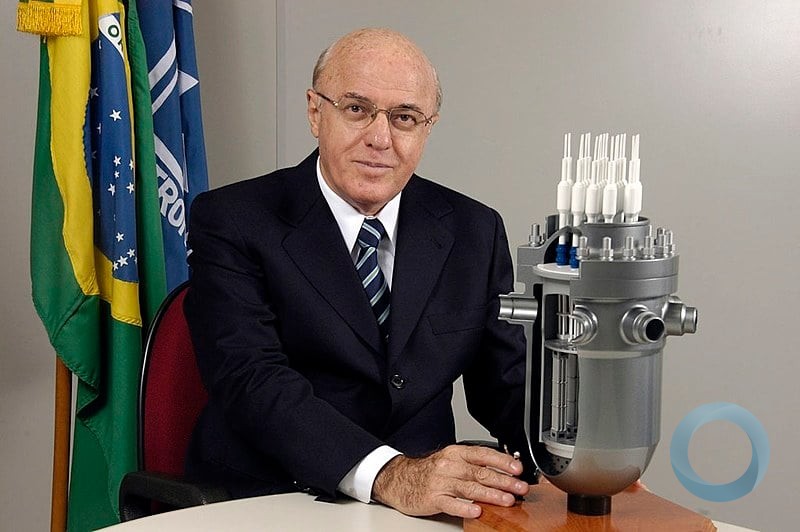Deputy Director Cohen Delivers Remarks on CIA of the Future at Cornell University
17 September 2015
Dean Ritter, Professor LaFeber, Professor Silbey, fellow Cornellians:
It is a tremendous honor, and a great thrill, to join you this afternoon—just over 30 years since I graduated from this spectacular University—to deliver the Fall 2015 LaFeber-Silbey Endowment in History Lecture.
It is more than a bit daunting to be delivering a lecture in a series named for two of Cornell’s greatest professors, Walter LaFeber and Joel Silbey, who as scholars offered invaluable insights into the history of American foreign and domestic policy, and who, as teachers, contributed immensely to the education of generations of Cornell students.
I am one of those lucky Cornell students. In the spring of my junior year, I took Professor LaFeber’s legendary course, “American Foreign Policy from 1914 to the Present.” I still have my notes from the class. Looking them over, I can’t believe that I once knew all those things. Unfortunately for me, “present” only went up to the early Reagan Administration—I could use some notes on more recent times.
It was Professors like Walter LaFeber and Joel Silbey—some of whom are here today—who first sparked my interest in foreign policy and national security.
My senior thesis was a critique of the Carter Administration’s reaction to the 1979 Soviet invasion of Afghanistan. I argued that the Carter Administration mistakenly viewed the Soviet invasion as a failure of American deterrence, when, instead, the Soviets invaded principally because of domestic political imperatives unrelated to a US-Soviet cost-benefit calculation.
And after I graduated, I spent a year here in Ithaca, working on a project studying the potential for a crisis between United States and the Soviet Union to spin out of control due to mutual misunderstandings or the inability to exercise effective command and control in a crisis situation.
I describe these two projects not because I was a great national security scholar—far from it. But what ties these two projects together is that both, at bottom, implicitly recognize that solid intelligence on the plans, intentions and motivations of one’s adversary is both critical and hard to obtain. Fending off misunderstandings and misperceptions with real insight into a foreign leader’s thinking and a foreign power’s plans, into what can affect an adversary’s decisionmaking—that is hard, but it is essential if we are to effectively advance our foreign policy goals and protect our national security.
At CIA, where I now have the privilege of serving as Deputy Director, our mission is to supply just that kind of insight—to collect, analyze, and produce timely and accurate foreign intelligence that allows US policymakers to see the world as it truly is—so that the decisions they take are as fully informed as possible. This has been core to CIA’s mission since its founding in 1947.
One interesting window into this effort opened yesterday, with the release of nearly 2,500 previously classified intelligence documents prepared for Presidents Kennedy and Johnson. These documents comprise the daily Presidential intelligence briefings spanning from the beginning of the Kennedy administration to the end of the Johnson administration, and reflect the Agency’s early efforts to provide our “first customer” with useful intelligence reporting and analysis on a range of critical issues of the day, including the Cuban Missile Crisis, the Soviet invasion of Czechoslovakia and, of course, Vietnam.
The documents bear witness to some of the countless contributions CIA has made to the security of our country over the past 68 years. But we know that if we are to continue fulfilling our responsibilities—and if we are to do an even better job in the future—we can’t afford to rest on our laurels.
Which brings me to the topic of my talk today—the CIA of the future. Earlier this year, my boss, CIA Director John Brennan, announced a comprehensive strategic modernization program for the Agency. The impetus for the modernization effort is two-fold: first, the marked increase in the range, diversity, complexity and immediacy of the national security issues confronting our policymakers; and second, the unprecedented pace and impact of technological advancements. The changes we are implementing are designed to ensure that the Agency, which operates today at very high level, is even more integrated, more agile, and ultimately more effective in tackling the complex challenges of an increasingly volatile world in the years ahead.
Today, I want to focus on three elements that are central to this plan.
The first, the collection of human intelligence, is something that has always been at the heart of CIA’s mission. Although the global security landscape is always evolving, one constant is the need to understand the plans and intentions of our adversaries—something that well-executed espionage is especially good at revealing. I’ll spend a few minutes describing how we collect human intelligence and why it will be a remain a key piece of the CIA of the future.
The second key element in the CIA of the future is our creation of a new entity within the CIA that focuses specifically on the cyber and digital domain. By necessity, we—like every other institution—operate today in the digital world. As I’m sure you can imagine, for an intelligence agency, this presents unique challenges and opportunities. I’ll spend a few minutes describing how we will better protect our Agency and our officers in this new environment, and how we will leverage the digital domain to fulfill our intelligence collection and analysis responsibilities.
And finally, I will discuss our enhanced efforts to promote a diverse and inclusive workforce. Although we are by no means unique in this regard, the imperative—from both a moral and a mission perspective—of developing a broadly diverse workforce, top-to-bottom and in all our constituent parts, is unmistakable. And so I’ll conclude with a few words about what we are doing to improve our performance on attracting, developing, and promoting a diverse and inclusive workforce.
Snapshot of The World Today
Before turning to the CIA of the future, let me begin by briefly describing some of what our analysts see when they look at the world today.
Most importantly, they see a world that is more unstable than it has been for several decades.
In the past three years, there have been more outbreaks of instability than at any time since the collapse of the Soviet Union, matching the rate we saw during decolonization in the 1960s.
This has not just been a period of protests and government change, but of violent insurgency and, in particular, of breakdowns in the ability of many states to govern.
At the state-to-state level, intensifying rivalry and competition—such as between Iran and Saudi Arabia in the Middle East, and among China, Japan, and the Koreas in East Asia—and challenges from China and Russia to US leadership in the international order, are inhibiting cooperative solutions to this historic instability.
We see clear examples of rising volatility in places such as Ukraine, Syria, Iraq, Yemen, Libya, Afghanistan and Nigeria. The human toll of the conflicts in these countries is reflected on the front pages of our newspapers, and it is confirmed by the UN’s recent announcement that the number of refugees and internally displaced persons in the world today is the highest it has been since World War II.
Beyond violent conflicts, there are a number of places where tension is running high, such as on the Korean peninsula, in the South China Sea, in South Sudan, in Burundi, and on the border between Pakistan and India, to name just a few.
When our analysts look for the deeper causes of this rising instability, they see a range of factors. Let me touch upon a few of them.
First, the ideas, institutions, and states that have formed the foundation of the post-Cold War system, and have delivered at least a modicum of governance, service, and security to often multi-ethnic populations, are under stress. Nowhere is this more apparent than in the brutal extremism of the so-called Islamic State in Iraq and the Levant (ISIL), which seeks to erase the borders—and, tragically, the ancient communities—of Syria and Iraq.
At the same time, democratic governance is under siege. For the ninth consecutive year, Freedom House in 2014 reported more declines than gains in the quality of democracy worldwide. Worsening ethno-sectarian and socioeconomic strains are contributing to the trend. So, too, does the rise of a more sophisticated form of authoritarianism that forgoes brute force and heavy-handed propaganda in favor of technology-enabled media manipulation, ubiquitous surveillance, criminalization of dissent, and controlled elections.
Next, we see that some of the world’s largest economies—particularly in Europe and Japan—have struggled to achieve strong, sustained growth in the wake of the 2008 financial crash and Eurozone crisis. And as we have witnessed over the summer, China’s economy, which once seemed to have endless potential for growth, is slowing.
Elsewhere, growing pessimism about future economic prospects is fueling instability in many developing societies. Regions with burgeoning youth populations, such as the Arab world, have been unable to achieve the growth needed to reduce high unemployment rates, let alone create the jobs necessary to satisfy an expanding labor force.
In many places, perceptions of growing inequality have resulted in more assertive street politics and populism. At the same time, slower growth has left these nations with fewer resources to devote to economic, humanitarian, and peacekeeping assistance to address these challenges.
Finally, there is both promise and peril in the defining breakthrough of our time—the rapid development and diffusion of communications and information technology.
News and knowledge have never flowed so freely and quickly, but the same is true for misinformation and malign ideologies. An entirely new realm for human interaction—bridging continents, classes, and cultures—is bringing the world closer together, even as criminals, terrorists, and rogue regimes seek to exploit it for their own purposes. ISIL’s sophisticated use of Twitter and other social media platforms is a perfect example of the malign use of these technologies.
Taken together, all of these challenges—rising instability, rapidly advancing technology, an ever-growing list of security threats—mean that in many ways our portfolio at CIA is more complicated and more demanding today than it has ever been.
So what are we at the CIA doing about it? How will the CIA of the future help our policymakers make sense of this world, understand the threats and see the opportunities?
Collection of Human Intelligence
First of all, we are working to ensure that the CIA is as effective and productive as possible in its core intelligence gathering mission—the collection of human intelligence, HUMINT, or what is more popularly known as spying.
I’m sure many of you have heard the claim that CIA is less focused on espionage than it used to be, and that in the years since 9/11, we have become an agency devoted above all to paramilitary activities. This claim is seriously misguided.
CIA is first and foremost an espionage organization engaged in the collection and analysis of foreign intelligence. We always have been. And any discussion of what CIA will look like in the future must begin there to take account of all of CIA’s capabilities. For now, I’d like to focus on that first piece—the collection of HUMINT.
In the simplest terms, HUMINT is intelligence collected by human beings—by spies operating on the ground—as opposed to intelligence gathered through technical means, like a satellite or a microphone. It involves recruiting people—such as members of a foreign government, or individuals with inside access to a weapons proliferation network—and convincing them to collect and convey valuable information for us.
Let me emphasize up front that CIA collects only foreign intelligence—that is, information relating to foreign governments, foreign organizations, foreign persons, or international terrorists.
And contrary to what you may have seen on “Homeland,” CIA does not undertake foreign intelligence collection in the United States to acquire information concerning the domestic activities of US citizens. Our efforts are focused overseas, on identifying threats and opportunities linked to foreign individuals, governments and organizations outside our borders.
As you might imagine, collecting human intelligence is a complicated endeavor, and doing it well requires years of training. To be a CIA case officer, you must master the basic tradecraft of espionage, things like how to evade surveillance, or how to elicit information from a source.
You often need foreign language skills, along with a deep understanding of the culture where you have been assigned to operate. You also need expertise in the target you’ve been given, whether it’s a terrorist group, a drug cartel, an illicit weapons network, or the inner workings of a foreign government.
And perhaps most importantly, you have to understand people—their motivations, their interests, their dreams and ambitions, their vulnerabilities, their grudges—really, everything that makes them tick.
The art of collecting human intelligence—how we go about recruiting and handling our sources—is endlessly fascinating. But there are a few persistent myths that I’d like to address, because they represent a fundamental misunderstanding of how human intelligence works, and how the practice of collecting HUMINT in the future will operate.
First, contrary to what you may have seen in the movies, CIA’s case officers do not spend most of their time at cocktail parties and diplomatic functions, canvassing the gilded salons of exotic foreign capitals.
In today’s world—and especially tomorrow’s—the cocktail circuit does not make for particularly good HUMINT hunting. As one of my predecessors, Michael Morell, used to say: Al-Qa‘ida and ISIL are not on the cocktail circuit. And so neither are we.
Nor do our best recruits simply walk into our offices, without any enticement from us, and volunteer information. It is true that walk-ins can be extremely valuable. Indeed, over the years, they have provided us with critical insights on a host of targets. But our case officers can’t just sit in their offices and wait for sources to fall into our laps.
More typically, CIA officers are out developing sources, a task that can take months and sometimes years of painstaking effort. The case officer must identify the people who have access to the information she is seeking. She then needs to find a way to meet them, build a relationship with them and earn their trust. Then comes the recruitment phase—the effort to persuade them to help our government, whether for money; because of ideological affinity for the United States or loathing of their home country; due to fear of compromise; to feed an undernourished ego; or for the sheer thrill of it.
Developing assets is difficult and often dangerous work. There is always a possibility that the source our officer is pursuing is what we call a dangle, someone deliberately offered up by an adversary to feed us false information, to manipulate us, or to help them identify our officers. In fact, every meeting with a source is fraught with uncertainty, especially early encounters when we have yet to take the full measure of the potential source’s character and motivations.
And the uncertainty never really goes away, because even sources with a long track record of acting in good faith can be a double-agent from the start, or caught and turned against us. So when our officers step out into the streets to meet with a source, they go into the encounter knowing that anything can happen—that they may be detained, harassed, or even attacked. In many cases, especially in the more lawless regions of the globe, they are truly putting their lives on the line.
About five years ago, we were reminded just how dangerous human intelligence collection can be. In December 2009, a group of Agency officers gathered to meet with a source at a desolate outpost in southeastern Afghanistan near the border with Pakistan—a place called Khost.
The source seemed to be an intelligence goldmine. For months, he had been providing us with inside information on al-Qa‘ida—good information that we were able to verify independently. But it turned out that the source was a double agent.
When he arrived for his meeting with our officers, the source detonated a bomb hidden inside his clothing, killing seven of our officers and wounding six others. It was one of the bloodiest attacks ever against Agency personnel.
In the lobby of our Headquarters in Langley we have a Memorial Wall. On that wall are 113 stars, one for each CIA officer killed in the line of duty since our founding in 1947, including seven for the officers killed in Khost in 2009.
So, collecting human intelligence is not a profession for the faint of heart. It demands courage, discipline, guile, and wit. It is and always will be a very risky business. But it has to be done. Often, it is the only way to get the information and insight our government needs to safeguard our country.
Technical forms of intelligence, such as satellite imagery, can tell you a lot about things that are large or hard to hide, such as the size of a nation’s army, or whether a country is testing a new missile system. But they are not always well-suited to telling you what a government plans to do with those things.
Likewise, intercepted communications can reveal what someone has said or written, but the topics very well may be irrelevant or the communications impossibly difficult to comprehend without knowing the context. As Richard Helms, one of our former Directors, once said: “Gadgets cannot divine man’s intentions.”
What makes human intelligence so valuable is that, in the give and take between our officers and their sources, HUMINT can provide that critical insight into our adversaries’ plans and intentions—it can help you understand how your adversaries think, and what they might do next, because our officers can engage directly with their sources, asking the motivational questions we need answered to inform the President and his advisors as they formulate policy.
Looking to the future, there is little doubt that HUMINT will continue to play a critical role in revealing the plans, motivations, intentions, and capabilities of an increasingly diverse array of state and non-state adversaries. Indeed, the importance of HUMINT in our overall intelligence collection efforts is only likely to grow. Let me offer a few reasons why.
First, HUMINT penetrations will be that much more important as we increasingly confront threats from non-state actors—whose challenge to our security doesn’t involve traditional warfare and whose capabilities can’t be measured by counting tanks or missiles. A well-placed source inside a terrorist organization, a weapons proliferation network or a criminal gang can yield enormously valuable intelligence that simply cannot be acquired through any other means.
Second, largely because of unauthorized disclosures revealing how the US Intelligence Community conducts signals intelligence, some of our most potent and dangerous adversaries—state and non-state actors alike—have become savvier in thwarting technical methods of collection.
As Director of National Intelligence Jim Clapper recently said, these unauthorized disclosures have “done huge damage for our collection…make no mistake about it.” That loss of collection puts even more of a premium on HUMINT.
Third, our adversaries are increasingly trying to steal our secrets. One of CIA’s core missions is counter-intelligence—that is, defending the United States against the intelligence collection efforts of others. One surefire way to accomplish this task is to collect intelligence on the efforts underway by our adversaries to penetrate the US government. This is classic spy v. spy stuff—and there is no reason to expect that it will abate in the future.
So, in conjunction with the modernization effort, we are taking several steps to ensure that CIA’s HUMINT enterprise continues to thrive in the future. Perhaps most notably, we are emphasizing collaboration—within the CIA, across the intelligence community and with allied intelligence services overseas. We are convinced that effectively addressing the highly complex challenges we face today, and will face tomorrow, demands a team approach to our human-intelligence mission.
Within the CIA, we are creating ten dedicated Mission Centers—six focused on the world’s regions, four on topics of great importance—that span the work of the Agency. Within each Mission Center, we will bring together specialists from all our key disciplines: our case officers who collect intelligence; our analysts who draft finished intelligence papers; our scientists and technologists who provide the tools that enable our collection; and our support officers who sustain our operations at home and overseas.
This cross-discipline collaboration will help ensure that we optimize our HUMINT collection to produce intelligence useful in answering the analytic questions our policymakers need answered, while leveraging CIA’s analytical and technical expertise to support the HUMINT operations we undertake.
Similarly, we are working to enhance our partnerships with organizations across the Intelligence Community, including other HUMINT collectors and specialized analysts. The advantages of this collaborative approach are especially clear with interdisciplinary challenges, which depending on the issue can call on the skills of political analysts, financial experts, counterterrorism specialists, military professionals, oil market experts, and so on.
And overseas, our work with foreign intelligence services opens windows on regions and issues that might otherwise be closed to us. Today’s world is so complex, and the challenges so widely dispersed across the globe, that no intelligence organization can cover them alone. The only way we can be successful in carrying out our global mission is by working with foreign partners.
On countless occasions, our cooperation with foreign liaison has quietly achieved significant results. Working together, we have disrupted terrorist plots, broken vicious insurgencies, intercepted transfers of dangerous weapons and technology, and brought international criminals to justice, among many other accomplishments. And as CIA assists many of these services in building their human-intelligence collection capability while insisting that, in the process, they respect fundamental human rights, we can count even more on their partnership in helping us expand our own collection efforts around the globe.
The New Directorate of Digital Innovation
So that is the first element—HUMINT in the CIA of the future. I’d like to turn now to the second key element of our plan to modernize the CIA—the creation of the Directorate of Digital Innovation, or the DDI.
As I noted earlier, our modernization effort was spurred, in part, by the recognition that the Agency is increasingly operating in, and responding to threats from, the digital domain.
Shortly after Director Brennan arrived at the CIA in March 2013, he recognized that the rapidly changing digital domain stood out as an area that needed special attention. And when he asked a group of our senior officers to offer suggestions on the future of the Agency, they came back with the same advice: As an Agency, we were not well-prepared to leverage the opportunities of emerging digital technology. The consensus was clear—as an Agency, we needed to adapt better to the digital domain.
And while that may sound a bit obvious—after all, what organization doesn’t have to adapt to the digital world?—it’s a much more complicated proposition for CIA. For example, as proud as we are of the cutting-edge clandestine technology we’ve developed for use in the field, our officers still can’t bring smartphones into work, and we’ve only recently figured out how to allow some personnel to take notes in a meeting on a laptop instead of with a pen and paper.
This isn’t simply resistance to change. As an intelligence agency working with our country’s most sensitive secrets, we need to operate in a secure environment, protected from the prying eyes of hostile intelligence services. That considerably complicates how we operate in the digital domain.
Still, notwithstanding our well-founded concerns, we understood that we needed to adapt to the new reality. So to speed the Agency-wide embrace of the digital domain, we created the Directorate of Digital Innovation—the first new Directorate since 1963, when we set up the Directorate of Science to Technology to build our spy gadgets.
The DDI, which will begin operation October 1st, is charged with ensuring that we approach the digital domain in a well-coordinated, determined and assertive fashion, and that we develop and adopt digital solutions in all aspects of our work—from collection to analysis to our internal business practices.
Let me describe just some of the DDI’s responsibilities.
As we go about collecting HUMINT, the DDI will help our clandestine officers maintain effective cover in the modern, digital world. For our case officers, the cyber age is very much a double-edged sword. While digital footprints may enable us to track down a suspected terrorist, this “digital dust” can also leave our officers vulnerable.
Think about it: Every one of us leaves a digital trail that an enterprising foreign intelligence service can try to follow—credit card transactions; car rentals; internet searches and purchases; the list goes on and on because, in a sense, we all “live” in a digital world. Our interactions, transactions, and communications are increasingly performed or stored in a digital form.
From the standpoint of a clandestine officer seeking to create and maintain her cover—perhaps the most fundamental element of espionage—this can pose a real challenge. We must find ways to protect the identity of our officers who increasingly have a digital footprint from birth. Likewise, since having no digital trail can raise suspicions too, we also have to figure out how to create digital footprints to support cover identities. Within this digital world, the DDI, collaborating with other components in the Agency, will work to ensure that our officers can continue to operate clandestinely.
The DDI also will be deeply involved in our efforts to defend the Agency against foreign cyber attacks. As I am sure you are all aware, cyber attacks against the U.S. government—like those against businesses, universities, and organizations all across the country—are increasing in frequency, scale, sophistication, and severity of impact.
One of the DDI’s key responsibilities is developing the policies, technologies and protocols to better defend the Agency against these attacks. Its cyber threat analysts, who are experts in hackers’ tools and techniques, work with highly classified intelligence on the plans, intentions and capabilities of an ever-expanding assortment of malicious cyber actors.
And along with others in the intelligence community as well as our colleagues from the Department of Homeland Security and the FBI, these analysts defend our networks against attacks and protect our highly sensitive data from exploitation.
The DDI’s mandate, however, is not simply to defend the Agency and its officers in the digital world. Equally importantly, the DDI will help us harness the digital domain to provide policymakers the insight they require.
In that vein, the DDI will oversee the efforts of our Open Source Enterprise, a unit dedicated to collecting, analyzing and disseminating publicly available information of intelligence value. The fact is, information does not have to be secret to be valuable. More and more, information relevant to US intelligence requirements is openly available on foreign web sites and in social media. Knowing what’s out there for the taking allows us to better focus our risky and expensive human collection efforts on the key national security questions that cannot be answered in any other way. And combining open source information with clandestinely acquired intelligence can help paint a much clearer picture of the world than either open source or clandestinely acquired information could alone.
Moreover, open-source information can offer its own valuable intelligence insights. Take, for example, ISIL’s use of social media. As I’m sure you are all aware, ISIL is a prolific, and quite proficient, user of social media. While this allows ISIL to spread its malevolent propaganda and reach out to potential recruits, it also provides us with useful intelligence.
Satellite imagery showing ISIL members gathered in a city square, for example, may not provide insight into the group’s plans and intentions. But ISIL’s tweets and other social media messages publicizing their activities often produce information that, especially in the aggregate, provides real intelligence value. The DDI will oversee CIA’s open-source collection efforts to ensure that we make full use of this rich data set.
Regarding analysis, the DDI also will enhance the work of our analysts.
In an organization that was once heavily stove-piped, with components jealously guarding their “proprietary” information, the DDI will champion the idea that “all data is Agency data.” Through both policy and technology, the new Directorate will facilitate analysts’ access to information so that their products are as well-informed as possible, while keeping information off-limits from those without a legitimate need to access it.
The DDI will also help inform analysis by developing and deploying sophisticated IT tools that will help our analysts conduct research by revealing potential linkages between and among data in our holdings. One of the real challenges of modern intelligence analysis is the sheer volume of information that is collected by our intelligence community. No one could possibly read all the intelligence reports that come in on a daily basis, and running simply Boolean word searches is not a terribly efficient or reliable way for an analyst to discover the most timely, relevant and probative intelligence.
To help solve this problem, the DDI also will be responsible for the Agency’s cadre of data scientists. Housed in our new mission centers, these DDI data scientists will develop and deploy customized IT tools to help our analysts make connections in the data and test the analytic calls they make. Given the variety, complexity and volume of data we take in, this calls for some of the most sophisticated and cutting-edge programming and “big data” analysis being performed anywhere today.
Finally, the DDI will rapidly identify, transition, and deploy the best digital technologies from the private sector to bolster CIA mission execution in all areas. Building on our experience with In-Q-Tel, the highly successful technology incubator CIA established about 15 years ago, the DDI will expand our direct outreach to commercial digital entities through the establishment of a DDI business portal in Silicon Valley. This team’s mission will be to identify cutting-edge technology that the Agency could use in its highly secure environment, and accelerate the integration of these solutions across our missions.
Multiple elements of the Agency in the past have responded to the challenges of the digital era. But if we are to operate as effectively as possible in the digital world, we must place our activities and operations in the digital domain at the very center of everything we do. That’s the DDI’s mission in the CIA of the future.
Enhancing Diversity and Inclusion
Finally, I’d like to say just a few words on what is unquestionably the most critical component of the CIA of the future—ensuring that the intelligence professionals who make up the Agency reflect the vast ethnic, cultural, educational, religious, and social diversity of this nation.
Recruiting, building and nurturing a diverse workforce at CIA is absolutely core to our mission and our modernization effort. Simply put, we are deeply committed to ensuring that the CIA of the future will more closely resemble both the world we study and the multicultural nation we serve.
On the most basic level, diversity matters to us because it is rooted in our country’s fundamental belief in equality of opportunity. Because the CIA helps protect the security of every American, every American, quite simply, deserves a full and equal opportunity to be join in this remarkable enterprise.
So quite apart from the strong business case for diversity—which I will turn to in a moment—fostering a diverse workforce is core to our mission because it is the right thing to do. We can hardly claim the mantle of being America’s premier intelligence agency if we don’t build and maintain a workforce as diverse as the nation we serve.
But, as I noted, diversity is also a mission imperative for CIA. Indeed, it is hard to imagine an institution that stands to benefit more from a diverse workforce than the CIA. For a number of reasons, employing intelligence professionals from all walks of life is critical to performing our work.
First, we obviously need officers who are comfortable operating in foreign environments—people with the language skills and the cultural sensitivity to mingle easily in societies that may be quite unlike our own. The more diverse our workforce, the more likely we will have the officers with these skills and qualities.
Equally importantly, we need a workforce that can bring to bear a range of perspectives on the challenges we face—and that means having officers from an array of backgrounds.
We will never develop the nuanced, comprehensive and accurate understanding of the world that our mission requires if we all think the same way. In fact, critical insights in intelligence work often come from an officer who looks at the same information as everyone else, but from a slightly different perspective, and then draws a different, and more reliable, conclusion. Diversity is key to making those insights possible.
Let me give you an example of why diversity at CIA is not just a “nice to have”—it’s a necessity.
The Director and I recently met with the head of a foreign liaison service. Let’s just say he was from a country where the relationship would be described as “cold.” The CIA officer interpreting was a native from our visitor’s country, and the language she was hearing was her mother tongue. Moreover, she had spent years in the Agency working on issues related to our visitor’s country—studying the gentleman whose words she was interpreting. I can assure you, her presence, and her ability to pick up on the cultural innuendo and the nuance of language, provided the Director and me exceptional insights.
So what we need, in short, is a workforce as diverse as the world we cover.
Now this is not an especially novel insight. When our World War II forerunner, the Office of Strategic Services, was shutting down in September 1945, its chief, “Wild Bill” Donovan, remarked on the diversity of his workforce:
“We have come to the end of an unusual experiment. That experiment was to determine whether a group of Americans—constituting a cross section of racial origins, of abilities, of temperaments, and of talents—could meet and risk an encounter with long-established and well-trained enemy organizations.”
The OSS, including its “experiment” in diversity, succeeded brilliantly in helping to bring victory to the Allied cause.
Yet we have to be honest: Despite the example set by our predecessor, the CIA has not always fielded a particularly diverse workforce. Indeed, the stereotypical Agency officer was a white, straight, Protestant male who drank Scotch, smoked cigarettes and graduated from an Ivy League college. That is, of course, a gross caricature—the Agency has long been comprised of a much more diverse workforce than that—but it nonetheless has some basis in reality.
Indeed, that was the unequivocal message of two recent internal studies on diversity in our leadership ranks, one led by Vernon Jordan, the other by former Secretary of State Madeleine Albright.
The study overseen by Mr. Jordan highlighted data showing that the higher the grade level at CIA, the less diversity there is in terms of race, ethnicity, and sexual orientation. The lack of diversity is particularly acute at our highest ranks, the Senior Intelligence Service, where only about one-in-ten of our officers is a minority.
Likewise, the study conducted two years ago by Secretary Albright examined why more women were not achieving promotions and positions of greater responsibility at the Agency.
Both studies offered recommendations to improve the situation, and we are in the process of implementing those recommendations, which include evaluating all our senior officers, as part of their annual performance review, on their actions to create and maintain a diverse and inclusive work environment.
But just as importantly, the entire senior leadership team—from Director Brennan on down—has made an enhanced commitment to diversity and inclusion a cornerstone of our modernization effort. This is reflected in another key element of our Modernization Program—the new Talent Center of Excellence.
This new Center is a sort of human resources operation on steroids. It is responsible for the Agency’s overall efforts to recruit, train, develop and deploy our workforce. A key part of the Talent Center’s mission will be to build diversity throughout the Agency, not only by strengthening our minority recruitment efforts, but by improving the way we train, manage, and develop our officers. This Center is a major investment in our people, and although its benefits may not be immediate, we expect them to be substantial over the long run.
In the end, we know this comes down to leadership—to setting the tone at the top, and to following through on the initiatives we have committed to pursue. And I can assure you, Director Brennan and I, along with the entire senior leadership team at the CIA, will do what it takes to create a more diverse and more inclusive CIA of the future, both because it is the right thing to do, and because we know that a more diverse workforce means that we will be that much more successful in producing the intelligence that our policymakers need to meet the most urgent foreign policy and national security challenges of today and tomorrow.
Conclusion
When I left Cornell 30 years ago to head off to law school, I put behind me—at least for the time-being—my interest in a career in national security. But my interest in the field, first sparked on this campus, never really faded, nor did the key lessons I learned here: work hard, ask the difficult questions, think creatively, surround myself with smart people, and make the most of my opportunities.
Today, I have the extraordinary opportunity to help lead an Agency that is, truly, central to our national security, and to address issues very much like the ones I studied here at Cornell. And what’s more, I have the opportunity, working with Director Brennan and the entire leadership team at the CIA, to set the foundation for the CIA of the future—one in which an even more diverse workforce, immersed in the latest digital technology, collects and produces even better intelligence for our nation’s leaders.
As a proud Cornellian, I feel both deeply privileged and perfectly well-prepared to be part of that endeavor.
Thank you.






